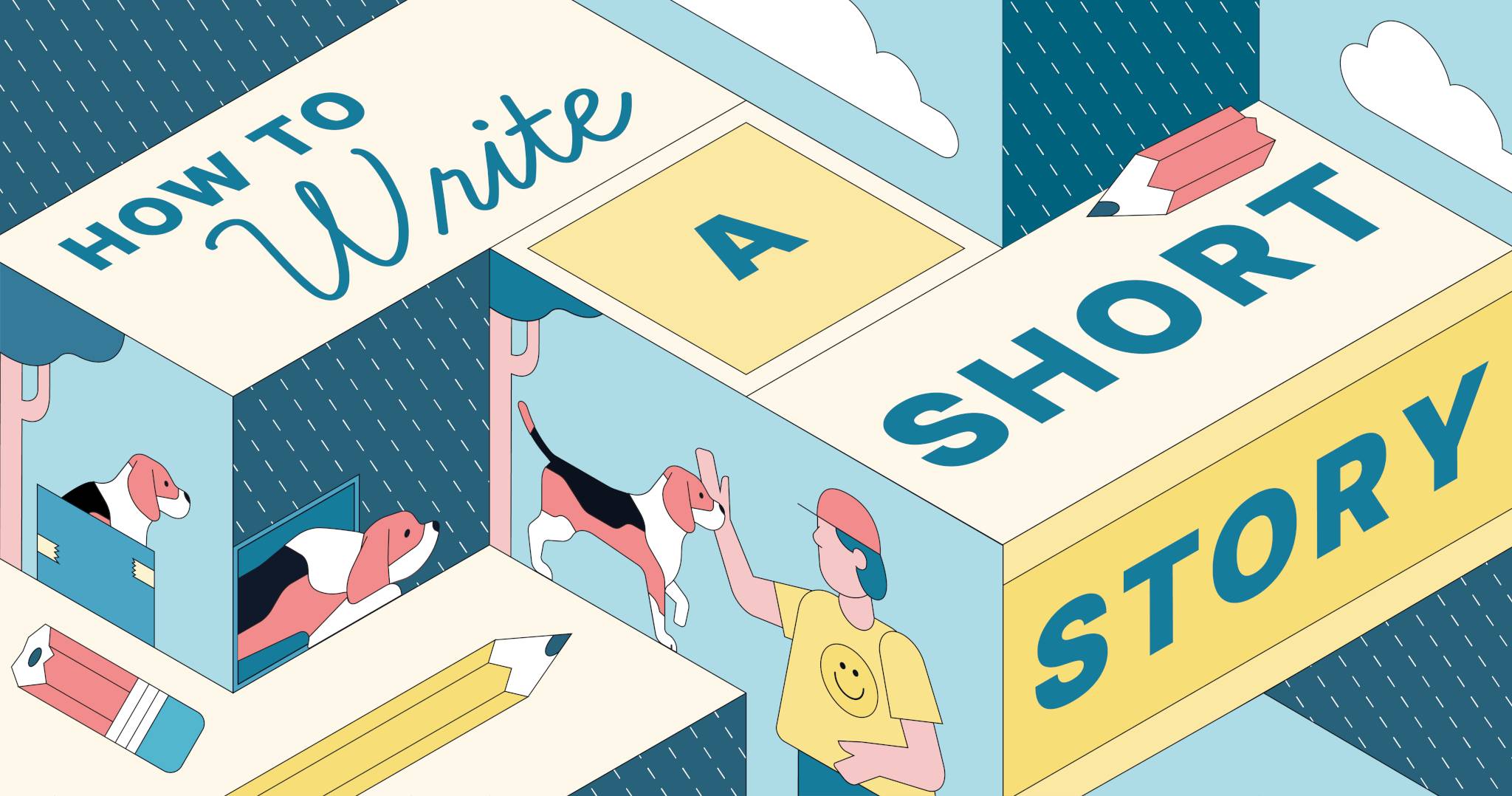But there are a few things that are true of the writing process for everyone. One of these things is the fact that editing and revising is what makes a story great. The rough draft is just the raw material. It doesn’t have to be perfect or even nearly perfect. In fact,Guest Posting many successful writers admit that their first draft is usually no good at all.
In “Writing Fiction for Dummies”, Randy Ingermanson and Peter Economy write,”many writers will tell you frankly that their first drafts are a crime against the humanities.” In almost all cases, the real magic of the story does not emerge until after many revisions have been made. This is true even when it comes to the writing of professional writers. There are some writers who plan and outline meticulously, creating 50 or 100 page outlines before they begin to write. Their work tends to require fewer revisions, but even their rough drafts are pretty rough compared to the finished product.
Take off your editor’s hat while you’re writing
Nobody’s creative process is the same, so you need to identify what it is that will get you started and more importantly, get you to the end of your first draft. Perfectionism is a common obstacle. It can make you so afraid of writing something that’s not good that you don’t write anything at all. If this is your problem, keep in mind that creative writing and editing are two different parts of the process. You don’t have to combine them into one step, and in fact this is nearly impossible to do. Even writers who edit as they go still write a scene or section of their story before they go back and edit it.
Creativity works best when it’s allowed to just flow. Hemingway famously said, “Write drunk; edit sober.” Though you may not want to follow his advice exactly, he made a very good point. Great fiction is often the result of uninhibited creativity that has been meticulously and ruthlessly edited.
Planning, writing, and editing
This does not mean that you shouldn’t plan anything before you start to write. It’s fine if you do and fine if you don’t. If you have ideas that you want to just get down, do it. But if you feel the need to be organized first and to write a plot summary or an outline before you begin writing, do that. Don’t try to follow another person’s method if it doesn’t work for you.
No matter how much you plan, you won’t be able to get away from editing and revising. Whole sections may have to be reworked or deleted or added, and characters may change substantially from the way they were first conceived in your mind. It doesn’t really matter how you get to the first draft, as long as you get there. There is a trade-off between writing more quickly and revising more quickly. Generally the more planning you do ahead of time, the less you will have to revise at the end.
The approach you take will largely depend on (1) what you need in order to get started writing: just an idea, a full outline of the entire story, or something in between and (2) how much you like/dislike the planning, writing, and editing processes.
Planning just the big picture
If you don’t feel comfortable just jumping in, but you don’t want to write an exhaustive outline before you begin, you might try the Snowflake method. This method involves planning out the big ideas of your story before you start writing. This way you’ll have a reasonable certainty that your story will flow from beginning to end in a logical way. It does not require knowing all the details before you start. Your vision will likely change as you write, but you’ll always have a sense as you’re writing of where your story is going and why.
The key things to remember are to take off your editor’s hat while you’re writing, and plan as much or as little at a time as feels right to you. If planning anything at all before you start seems daunting to you, then don’t. Just write. If writing without a detailed action plan seems impossible to you, then spend as much time as you need creating a detailed outline before you start.


